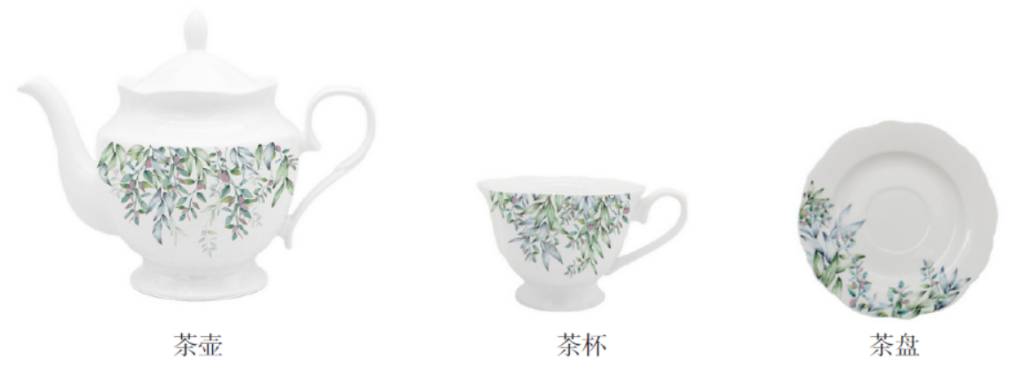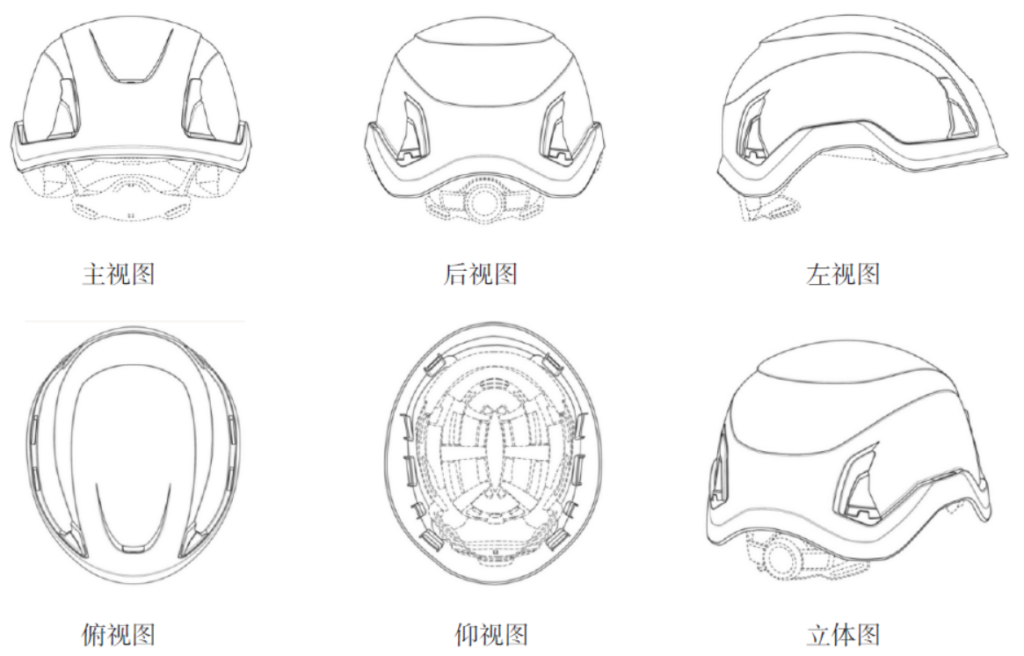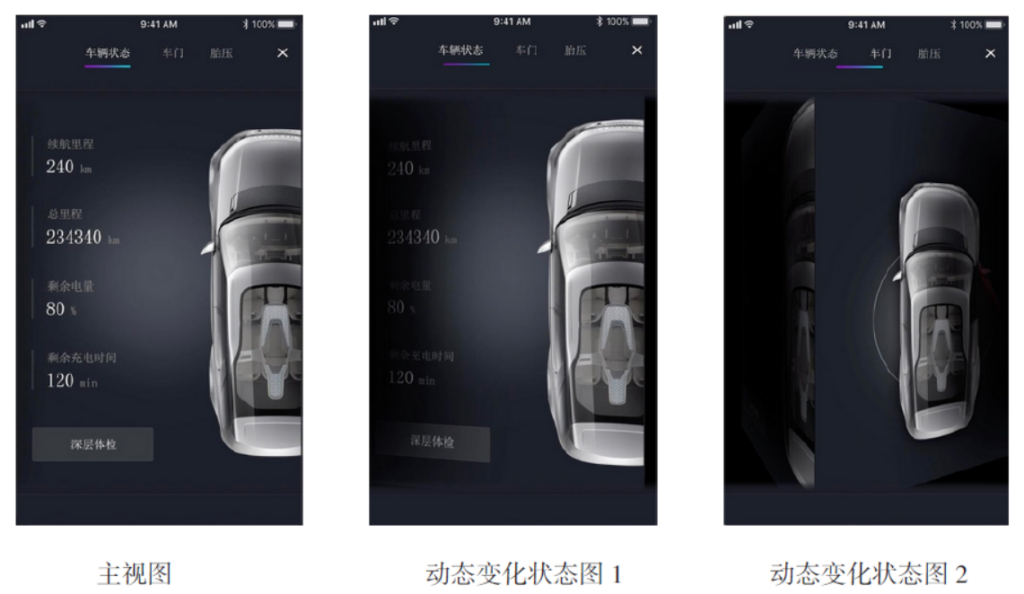在中国注册外观设计专利是保护产品独特美学特征(包括形状、图案、颜色及其组合)的战略性举措。这种保护可以在中国广阔的市场上阻止未经授权的使用或模仿。
在中国,什么有资格获得外观设计专利保护?
根据《中国专利法》第 2 条,外观设计专利涵盖适合工业应用并能给人以美感的整体或局部形状、图案或者其结合。符合条件的产品包括工业用品、纺织品和图形用户界面(GUI)。
但不可再生产的手工艺品、农畜产品和自然物品除外。
设计必须新颖、独特并具有观赏价值,与现有设计有明显区别。
中国外观设计专利的5种特殊类型
1.类似设计
近似外观设计专利指的是同一产品的多项近似外观设计。
- 主要功能:
- 所有相似设计必须源于相同的核心设计理念,仅在形状、图案或颜色等细微之处有所不同。
- 这些外观设计必须属于同一产品,这意味着同类产品的变体可以受到保护,但不能包括完全不同产品的外观设计。
- 一项类似外观设计专利申请最多可包括 10 项类似外观设计。
- 目的:
- 同时为一系列相似的外观设计申请专利保护。

2.组件产品设计
组件产品外观设计专利保护的是由多个独立组件构成的产品外观。
- 主要功能:
- 注重组装产品的整体外观,而不是单个组件。
- 组件可能不具备单独的功能,但却是完整产品不可或缺的一部分。
- 例如带有独立底座的电热水壶的组装外观。
- 目的:
- 确保将不同部件组合成一个整体设计所产生的独特视觉效果。

3.成套产品设计(成套产品设计)
一套产品外观设计保护一套产品的统一外观,这些产品旨在一起使用或销售。
- 主要功能:
- 既保护整套组合外观设计,也保护每个部件的单独外观设计,这些部件与组件产品的外观设计仅在组装外观上有所不同。
- 这些组件必须具有一致的视觉风格或设计主题。
- 例如一套茶具,包括茶壶、茶杯和茶托。
- 目的:
- 保护打算作为一个统一群体销售的产品的视觉和谐和美学价值。

4. 局部设计
部分外观设计专利只保护产品外观设计的特定部分,其他部分不受保护。
- 主要功能:
- 通过 实线重点关注产品的声称部分。
- 未受保护的部分通常用虚线标出,表示它们不属于权利要求的外观设计。
- 例如:头盔的外壳:头盔的外壳。
- 目的:
- 既要保护产品的关键设计元素,又要为其他方面的变化留有余地。

5.图形用户界面设计
图形用户界面 (GUI) 外观设计专利保护产品界面的视觉元素,如布局、图标、动画和交互式设计。
- 主要功能:
- 只关注界面的视觉元素,包括布局、图标、动画和交互设计,而不涉及功能性
- 它们既保护静态设计(如屏幕布局或按钮排列),也保护动态设计(如动画、过渡或交互效果)。
- 图形用户界面设计必须与特定电子设备相关联(例如,"智能手机上显示的图形界面")。
- 例如,可以保护解锁设备的动画。
- 目的:
- 保护数字界面的视觉形象。

外观设计专利申请驳回理由
申请可能因以下原因被拒绝
- 缺乏新意:外观设计与申请日之前在国内或国际上公开的现有外观设计相同或高度相似。
- 特色不足:外观设计与以前的外观设计或其组合没有明显区别。
- 与在先权利的冲突:外观设计侵犯了他人在申请日之前已存在的合法权利。
在中国申请外观设计专利的步骤
- 申请前检索:使用中国国家知识产权局(CNIPA)数据库或世界知识产权组织(WIPO)外观设计数据库进行全面检索,以确认外观设计的独特性。
- 文件准备:准备必要的文件,包括授权书 (POA)、高分辨率图纸或照片(最好是 600 dpi)以及设计的详细说明。
- 提交申请:向 CNIPA 提交申请,确保所有文件符合中国法律标准。
- 考试过程:CNIPA 审查申请,重点是手续和合规性,一般在 6 个月内完成。
- 注册和出版:外观设计一经批准,即予以注册和公布,授予自申请之日起 15 年的专有权。

申请所需文件
- 申请表:包括产品名称、申请人详细信息和设计师信息。
- 设计插图:从多个角度展示设计的清晰图纸或照片。了解更多 中国对设计图纸的要求。
- 简要说明:概述设计的主要特征、预期用途以及最能代表设计的图纸或照片。
外国申请人在申请过程中必须委托一名注册的中国专利代理人作为代理人。
外观设计专利注册的相关费用
在中国注册外观设计专利的官方费用如下:
- 申请费:500 元人民币
- 注册费:600 人民币
- 维护费:
- 第 1-3 年:每年 600 元人民币
- 第 4-5 年:每年 900 元人民币
- 第 6-8 年:每年 1,200 元人民币
- 第 9-10 年:每年 2,000 元人民币
- 第11-15年:每年3,000元人民币
了解更多 2024 年中国专利费用表
设计验证流程
注册后,第三方可以向 CNIPA 提出无效请求,提供证据证明外观设计缺乏新颖性或独特性,或侵犯了在先权利,从而对外观设计专利的有效性提出质疑。
最终想法
中国是世界上最大的制造业国家。为了防止中国公司向潜在消费者提供相同或相似的外观设计,即使中国不是您的目标市场,在中国进行外观设计注册对您的全球业务来说也是一项有价值的投资。
如需报价,请随时通过 contact@gbaiplawyer.com 与我们联系。

